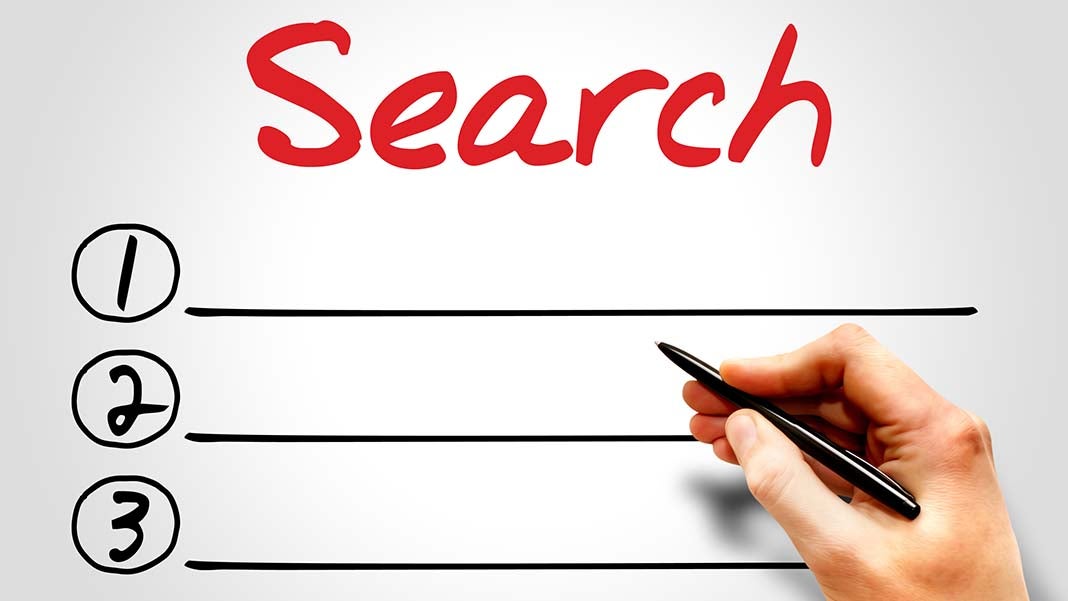
Let’s say you’re an experienced online marketer. You’re familiar with Google’s best practices and subscribe to all the important SEO blogs and newsletters. You have extensive knowledge of every update Google brings, from Pandas and Penguins to Possums and Pigeons, and even the few unnamed ones. You’re constantly searching for ways to give your clients more when raising their organic rankings.
Rather than investing heavily towards research into gray-hat SEO techniques that are just so tempting, you might want to step back a little and get back to the basics. What does your SERP listing look like?
The organic listing is often ignored, yet it may be the first point of interaction with a consumer that may lead to click-through or engagement. You can get to the top of the search page, but until you offer a compelling listing, searchers will simply jump you over for the next guy, making all your work useless.
While Google doesn’t expressly mention click-through rate as a ranking factor, it would be foolhardy to think that the rate at which searchers click visit your site from SERPs has no bearing on your SERP positioning.
In any case, rankings aside, SEO experts should work to create compelling listings to entice prospects and fulfill searchers’ desires in order to influence click-throughs. This article offers a few ideas to help you optimize your organic listing.
Find pages that have low CTRs
You can use your Google Analytics profile to get this information. Simply go to Acquisition>>Search Console>> Landing Pages and move all the data onto an Excel or CSV spreadsheet. Sort pages according to the impression levels with particular interest on pages that have comparatively low CTRs for their positions. You can use this guide from advancedwebranking.com, which is a great study that explains how to improve landing pages.
Expand your title tags
One of the easiest ways you can increase your CTR on organic listings is to improve the page title, or title tag. In 2014, Google changed their limits for title tags to pixel measurements (it was set at about 512pixels). The result was a reduction in the allowable title tag width compared with the character system. In May 2016, it was a relief for SEO experts everywhere when the limit was raised to 600 pixels.
If you had optimized for the previous limit but not the new one, take advantage of the increased space you have to include high-priority keywords based on your market’s trends. The easiest way to see what your current meta tag is using the Screaming Frog SEO Spider Tool, where they can be downloaded for free.
The problem is that it is more difficult to adhere to the pixel measurement compared with a character count. For instance, the letter ‘W’ uses more space than ‘I.’ You can use a SERP preview tool to ensure you’re adhering to the required limit when expanding your Meta Tag. You’ll also be able to see how the URL and descriptions would appear in the SERP.
Create a compelling meta tag
Ensure your title is written in the compelling way newspaper headlines are written. It should be descriptive, intriguing and evoke a certain emotion to get the highest click-through. It is most important to include your most valued keywords in the title tag, but this should not be done at the expense of intrigue and engagement. Begin by optimizing for user intent before considering your SEO keywords.
Below are some tips to get the best titles:
- If you have a list of some kind, ensure the number of items has been stated
- If there’s a presentation, video, white paper or podcast, ensure this is mentioned
- Use special characters to stand out, but use them sparingly
- Any sales numbers or prices should be mentioned where possible
- It is important to ensure your content is relevant and timely, state the year where possible
- You can use headline analyzing tools to improve the headline
Finally, it’s important to have a compelling description to complement the title tag. Be persuasive and encourage the user to take a specific action. While meta descriptions don’t have direct SEO value, they can help a consumer make the decision to click through into your page. As such, it’s more important to be persuasive, inspire curiosity and fulfill user intent than it is to stuff a keyword into the description.
Author: Evans Walsh is a freelance content writer. He has written numerous informative articles on technology, health, fashion, beauty, education, career, and travel. He loves to share his knowledge and experience with his friends and colleagues. Follow @walnut-solutions on Facebook and @vinodjethwani on Twitter.
2361 Views












